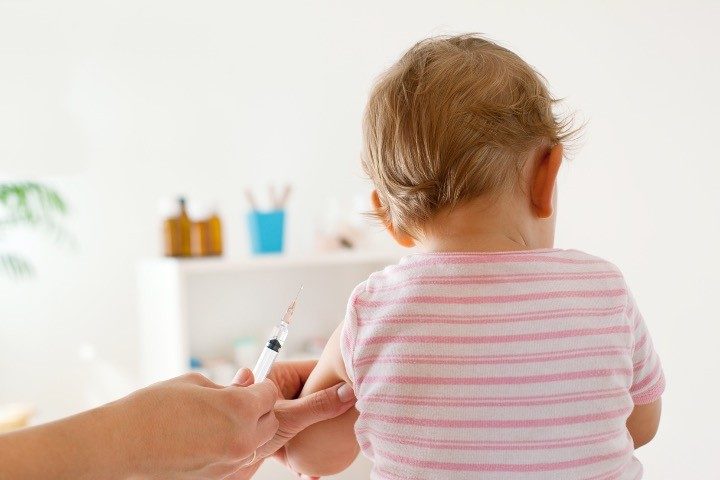
One in every 500 children under the age of 5 who received the Pfizer Covid shot were hospitalized because of it, and one in 190 had symptoms ongoing for weeks or months afterwards, revealed a peer-reviewed investigative study published in The Journal of the American Medical Association (JAMA).
This is how the authors formulate the importance of the study:
SARS-CoV-2 vaccines are authorized for use in most age groups. The safety of SARS-CoV-2 vaccines is unknown in children younger than 5 years.
In other words, the health regulators authorized the experimental genetic shots without knowing the potential health consequences for the cohort least at statistical risk of the disease. As Dr. Eric Rubin, one of the FDA’s vaccine advisors put it, “We’re never gonna learn about how safe the vaccine [for children aged 5 to 11] is until we start giving it. That’s the way it goes.”
The JAMA study compared the vaccination outcomes for 7,806 German children who received one dose of the Covid shot to the historical rate of adverse events following other, non-Covid vaccinations in the same children. After receiving the first Pfizer vaccine, a child was monitored for an average of 91 days.
The authors note that the results are highly reliable since by law, all physicians who administer vaccines in Germany are obliged to report all severe or unexpected vaccine-related adverse events to the Federal Institute for Vaccines and Biomedicines (Paul Ehrlich Institute), an equivalent of the American Centers for Disease Control and Prevention (CDC).
It is worth noting that all of the participants in the study got vaccinated “off-label,” before the shots were available for their age group, and received doses of either 3, 5, or 10 micrograms.
According to the study analysis done by The Daily Sceptic, children were at a heightened risk of developing the following symptoms after the first dose of Pfizer’s concoction:
- Musculoskeletal (muscles and bones) symptoms: 155% higher
- Dermatologic (skin) symptoms: 118% higher
- Otolaryngologic (ears, nose and throat) symptoms: 537% higher
- Cardiovascular (heart etc.): 36% higher
- Gastrointestinal (stomach etc.): 54% higher
The study’s data show that more than 50 percent of young Pfizer recipients reported any adverse reactions; 40 percent had local injection reactions; nearly 20 percent experienced general reactions (usually fever, chills, and fatigue):

Ten children were hospitalized with serious adverse events. The study estimates that this is just 0.1 percent out of 7,806. However, since none of those who got a dose of 3 micrograms were hospitalized, the rate of hospitalization of children who received a dose higher than 3 micrograms, is closer to 0.2 percent, or around one in 500.
Currently, the CDC is recommending a three-dose Pfizer inoculation for children 6 months to 4 years of age at a 3-microgram dosage, with the second dose given three to eight weeks after the first dose and the third dose more than eight weeks after the second. Then, there’s a two-dose Moderna shot for children ages 6 months to 5 years at a dose of a whopping 25 micrograms, spaced by four to eight weeks.
Technically, the Pfizer shot looks like a “safer” option in light of the study, but even the small dose of viral mRNA that hijacks children’s cells to produce the most toxic part of the coronavirus can set off a ticking time bomb in terms of undermining immunity, setting up neurological diseases, cancers, and blood and cardiac issues.
As of the latest CDC update, 497 children under the age of 5 in the United States have died of Covid. At the same time, 1,440,118 American children in that age group received at least one dose of a genetic shot.
As of November 18, the VAERS data for 6-month-olds to 5-year-olds who received the Covid shot show 4,969 adverse events, including 202 cases rated as serious and 11 reported deaths. VAERS, the key government-run database aimed at detecting issues with vaccine safety, has historically been shown to reflect only one percent of actual vaccine adverse events.





